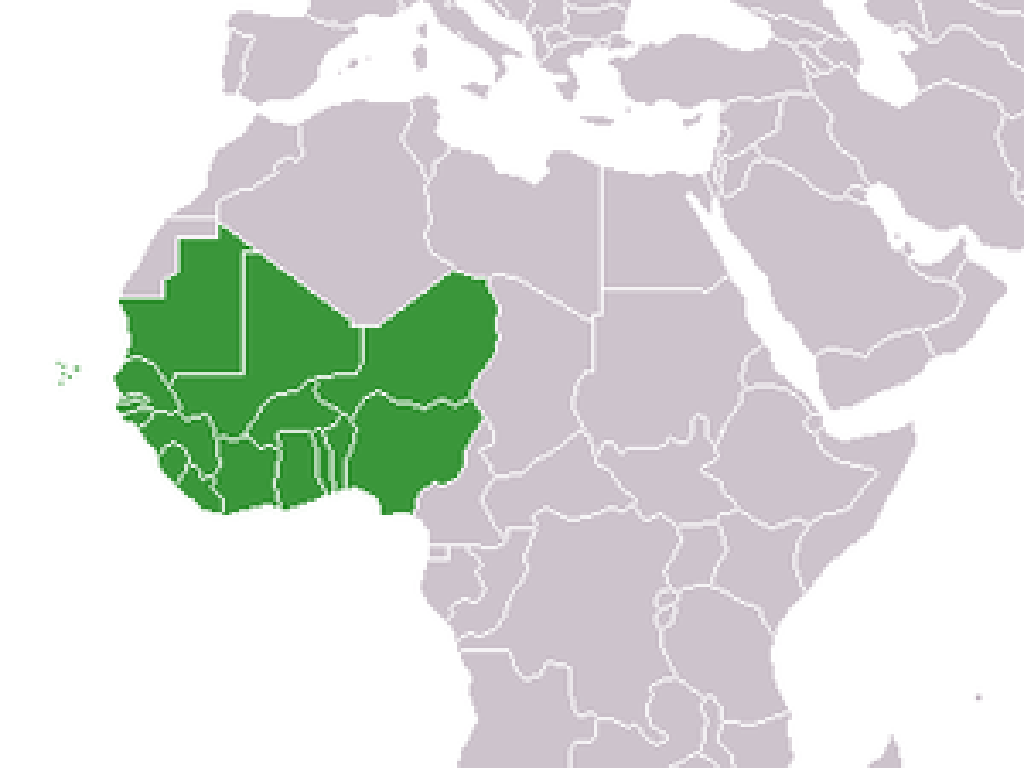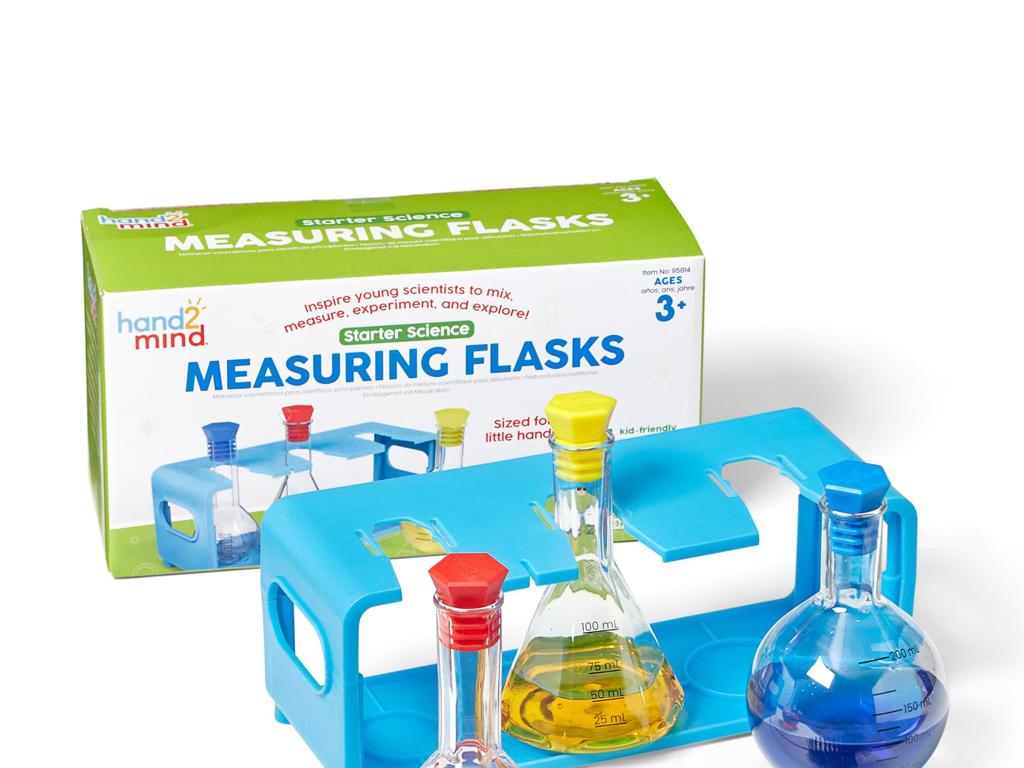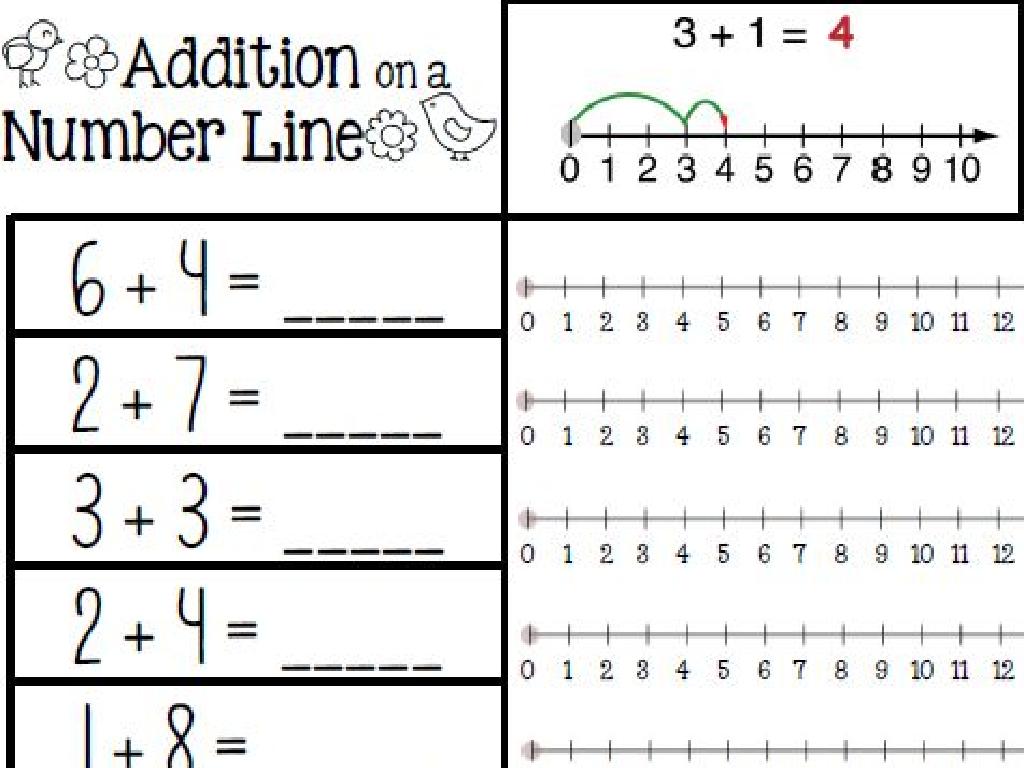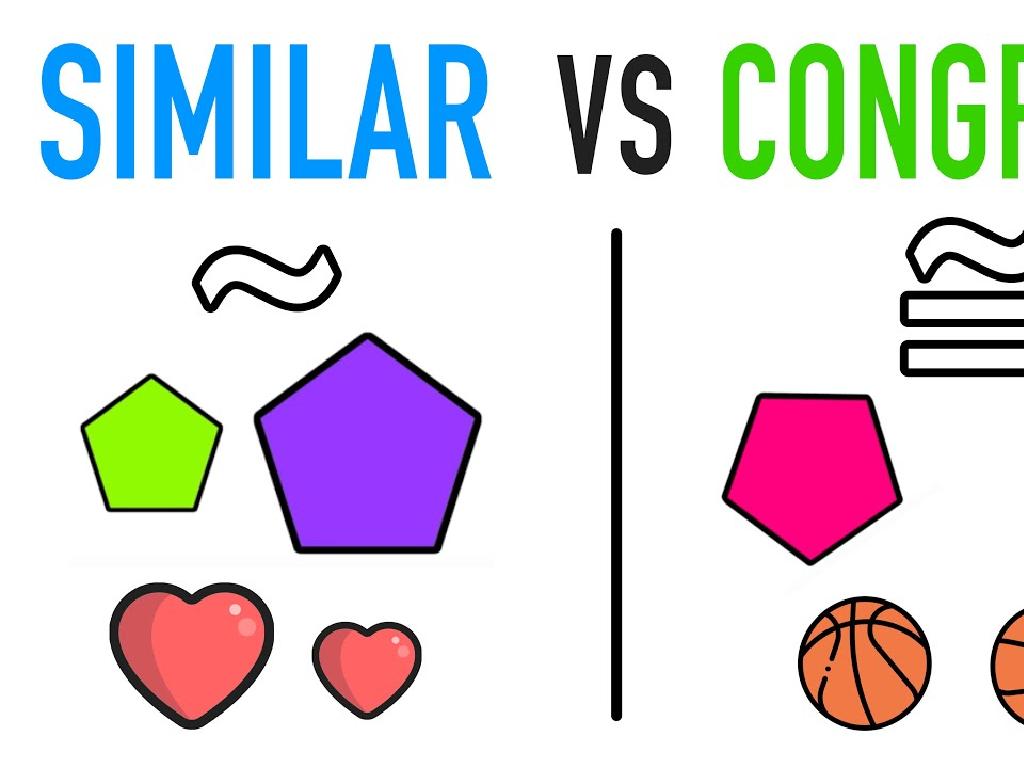Complete The Word With The Right Short Vowel
Subject: Language arts
Grade: Kindergarten
Topic: Short Vowels
Please LOG IN to download the presentation. Access is available to registered users only.
View More Content
Welcome to Short Vowels!
– Greet the class: Good morning!
– Today’s topic: Short Vowels
– What are vowels?
– Vowels are special letters in our alphabet
– Examples: a, e, i, o, u
– Like the ‘a’ in ‘cat’, ‘e’ in ‘bed’, ‘i’ in ‘pig’, ‘o’ in ‘dog’, ‘u’ in ‘bug’
|
Begin the class with a warm and enthusiastic greeting to set a positive tone. Introduce the concept of short vowels, ensuring to articulate each vowel sound clearly. Explain that vowels are the letters a, e, i, o, and u, and they are important because they appear in every word. Use simple and familiar words as examples to illustrate each short vowel sound. Encourage the children to repeat the vowel sounds after you, and use visual aids like flashcards to help them associate the letters with the sounds. The goal is to make the children comfortable with identifying and vocalizing the short vowel sounds.
Meet the Vowels: Short Vowel Friends
– Meet Amy A, our vowel friend
– Amy A sounds like ‘a’ as in ‘apple’
– Sing with Eddie E
– Eddie E’s sound is ‘e’ like in ‘bed’
– Say hello to Izzy I
– Izzy I says ‘i’ as in ‘igloo’
– Ollie O joins the fun
– Ollie O goes ‘o’ like in ‘octopus’
– Ulysses U wraps it up
– Ulysses U makes the ‘u’ sound in ‘umbrella’
|
Introduce each vowel character with a visual and a corresponding short vowel sound. Use props or images to make the characters memorable. After introducing each character, sing a short vowel song to the tune of a familiar nursery rhyme to help students remember the sounds. Practice the vowel sounds as a class, ensuring each student can recognize and pronounce the sounds correctly. Engage the students by asking them to come up with words that include the short vowel sounds. This interactive approach will help solidify their understanding of short vowels in a fun and engaging way.
Short Vowel Sounds Adventure
– Learn each short vowel sound
– We’ll make sounds for A, E, I, O, U like ‘cat’, ‘bed’, ‘fish’, ‘pot’, ‘sun’
– Practice making vowel sounds
– Repeat after me and try on your own!
– See words with short vowels
– ‘Hat’, ‘hen’, ‘hit’, ‘hop’, ‘hug’ all have short vowels
– Fun with vowel sound matching
|
This slide is designed to introduce Kindergarten students to the concept of short vowel sounds. Start by demonstrating each vowel sound clearly and encourage the students to mimic the sounds. Use visual aids like flashcards to help them associate the sound with the letter. Practice is key, so have the students repeat the sounds several times. Show them simple words that contain each short vowel sound and have them try to pronounce the words. Engage the class in a matching game where they match words to the correct vowel sound to reinforce learning. The goal is to make this an interactive and enjoyable experience, so they are motivated to participate and learn.
Matching Game with Short Vowels
– Play a vowel sound matching game
– Match pictures to the right vowel
– Find the vowel that matches the picture, like ‘cat’ for ‘a’
– Learn the sounds vowels make
– ‘a’ as in apple, ‘e’ as in elephant, ‘i’ as in igloo, ‘o’ as in octopus, ‘u’ as in umbrella
– Have fun while learning vowels
|
This slide introduces a matching game designed to help Kindergarten students recognize and reinforce short vowel sounds. Set up stations with pictures and corresponding short vowel sounds. Students will walk around and match each picture with the vowel that represents the sound in the word. For example, a picture of a cat would be matched with the letter ‘a’. This activity not only helps students associate vowels with sounds but also allows them to move around and learn through play. Prepare a variety of pictures for each vowel sound to ensure all students have ample practice. The game should be engaging and interactive, encouraging students to pronounce the vowel sounds out loud as they make matches.
Complete the Word with Short Vowels
– Words with missing vowels
– Example: ‘_at’ with a picture of a cat
– Use pictures for vowel clues
– Look at the picture, what vowel sound do you hear?
– Class vowel choice activity
– Individual vowel practice
– Try it on your own with different words
|
This slide is designed for a fun and interactive class activity to help Kindergarten students understand short vowels and how they fit into words. Start by showing words with missing vowels alongside pictures that give clues to the correct vowel. For example, the word ‘_at’ could be shown with a picture of a cat to indicate the missing vowel is ‘a’. Engage the class by asking them to choose the right vowel to complete each word. Practice first as a class, with everyone saying the vowel sounds out loud, and then move on to individual practice where students can try completing words on their own. This activity will help reinforce their understanding of vowels and their sounds within words.
Story Time: Short Vowel Hunt
– Read a story to the class
– Pause for short vowel sounds
– When you hear a word with a short vowel, we’ll stop and point it out.
– Identify short vowels together
– Can you find the short ‘a’ in ‘cat’ or the short ‘e’ in ‘bed’?
– Discuss the vowel sounds
– We’ll talk about how each vowel sounds.
|
This slide sets up an interactive reading activity designed to help Kindergarten students recognize and understand short vowel sounds within words. As you read the story aloud, make strategic pauses at words that contain short vowels and encourage the students to identify the vowels they hear. Use visual aids like flashcards to reinforce the vowel sounds if necessary. After identifying the vowels, discuss with the class how these sounds are made and give examples of other words with the same short vowel sounds. This activity not only helps with phonemic awareness but also engages students in a fun and collaborative learning experience.
Let’s Practice Writing Short Vowels!
– Receive your vowel worksheet
– Fill in missing short vowels
– Look at the pictures, say the word, and listen for the vowel sound.
– Review answers as a class
– We’ll check the worksheets together and learn from any mistakes.
– Practice makes perfect!
|
This slide is for a class activity focused on practicing short vowels. Distribute worksheets with pictures and incomplete words to the students. The task for the students is to fill in the missing vowels (a, e, i, o, u) to complete the words correctly. For example, a picture of a cat with ‘c_t’ written below it; students should fill in the ‘a’. After completing the worksheets, review the answers aloud with the class, ensuring to reinforce the vowel sounds and correct any misunderstandings. This activity will help students recognize vowel sounds and improve their spelling skills. For the teacher: Prepare a list of words for each vowel sound and consider using visual aids to help students associate the sounds with the letters.
Class Activity: Vowel Craft Time!
– Create a vowel-themed craft
– Make your own vowel flip book
– Each page represents a different vowel with pictures and words
– Decorate your flip book
– Use stickers, colors, and drawings to personalize
– Practice vowels with your book
– Flip through the book and say the vowel sounds
|
This activity is designed to help Kindergarten students recognize and practice short vowel sounds through a hands-on craft project. Each student will create a flip book with five pages, one for each vowel (A, E, I, O, U). They will cut out pictures from magazines or draw their own to represent words with each vowel sound and paste them onto the correct page. Encourage creativity with decorating their flip books using a variety of materials. Once completed, students can practice flipping through their book and saying the vowel sounds, reinforcing their understanding of short vowels. Possible variations of the activity could include pairing students to practice together, or creating a classroom display with their finished products.
Celebrating Short Vowels!
– Reviewing our short vowels
– Let’s recall the sounds: a, e, i, o, u
– Sing the vowel song together
– Sing along and make the vowel sounds
– Great job on learning vowels!
– You’re all vowel experts now!
|
This slide is meant to wrap up the lesson on short vowels. Start by revisiting the sounds that each vowel makes, perhaps by showing words as examples for each vowel sound. Then, engage the students by singing the short vowel song, encouraging them to articulate the vowel sounds clearly. Praise their efforts and the progress they’ve made in understanding and using short vowels. This positive reinforcement will boost their confidence and enjoyment of learning. As a final activity, you can ask the students to come up with their own words that use short vowels or to draw pictures representing words with each vowel sound.






